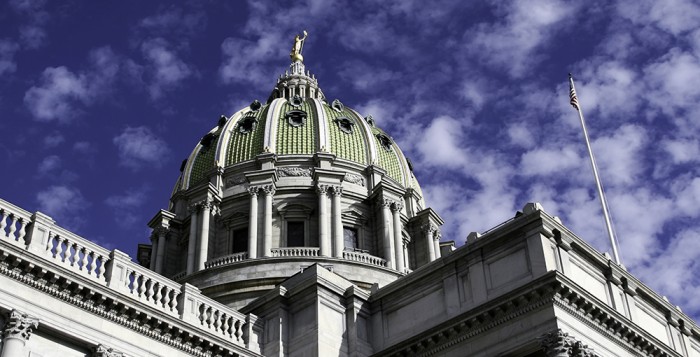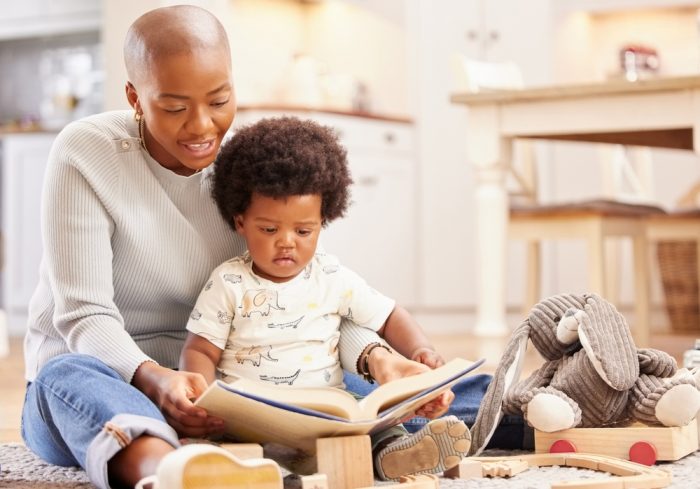Medetomidine is a veterinary sedative, similar to xylazine, that was first found in Philadelphia’s drug supply in May 2024. Since then, it has spread across Pennsylvania. Medetomidine is 100-200 times more potent than xylazine and can cause longer-lasting sedation, low heart rates, and more severe withdrawal symptoms. It is not an opioid but is found in the illicit drug supply.
The Pennsylvania Department of Health (DOH) is seeking information about complications associated with medetomidine in the drug supply. DOH is particularly interested in SUD treatment providers’ responses to the following.
- Are you seeing an influx in clients presenting with worsening withdrawal symptoms (e.g., racing heart, severe nausea, high blood pressure, tremors, confusion)?
- Are you seeing an increase in clients leaving against medical advice?
- Have you had to send clients to the hospital because their symptoms required a higher level of care?
- Are there any other changes you are noticing in your community that you think DOH should know about?
You can email your responses to DOH Senior Harm Reduction Technical Advisor Roseanne Scotti or RCPA SUD Treatment Policy Director Jason Snyder.
















